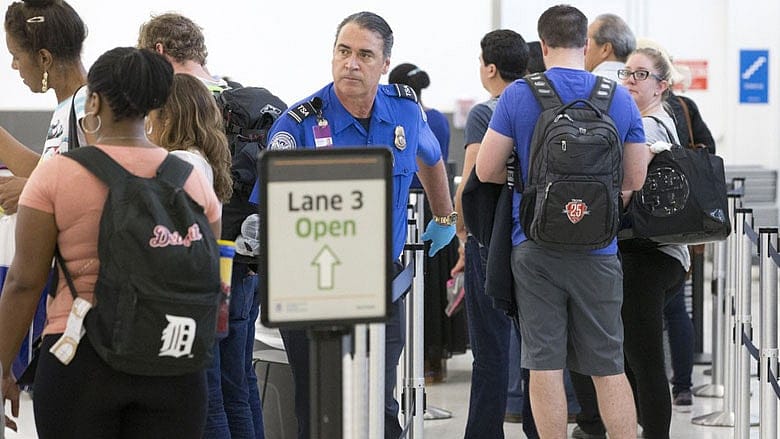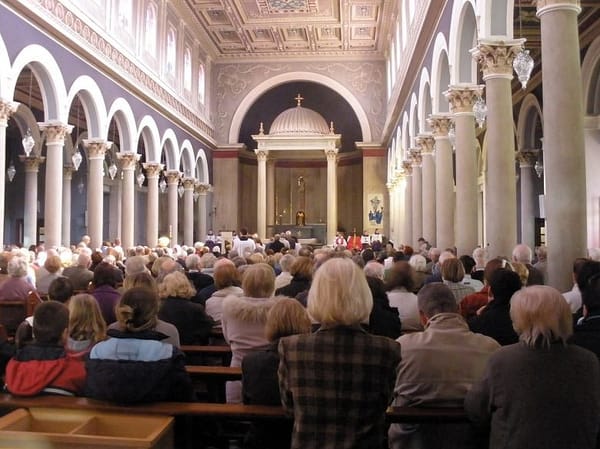Why it’s time to replace the TSA

Recent news reports have been highlighting what frequent travelers have realized for some time now: the security screening process at our nation's airports is a disaster.
While airports are starting to warn people to arrive three hours before their flight, videos of security lines stretching throughout the airport have quickly gone viral.

